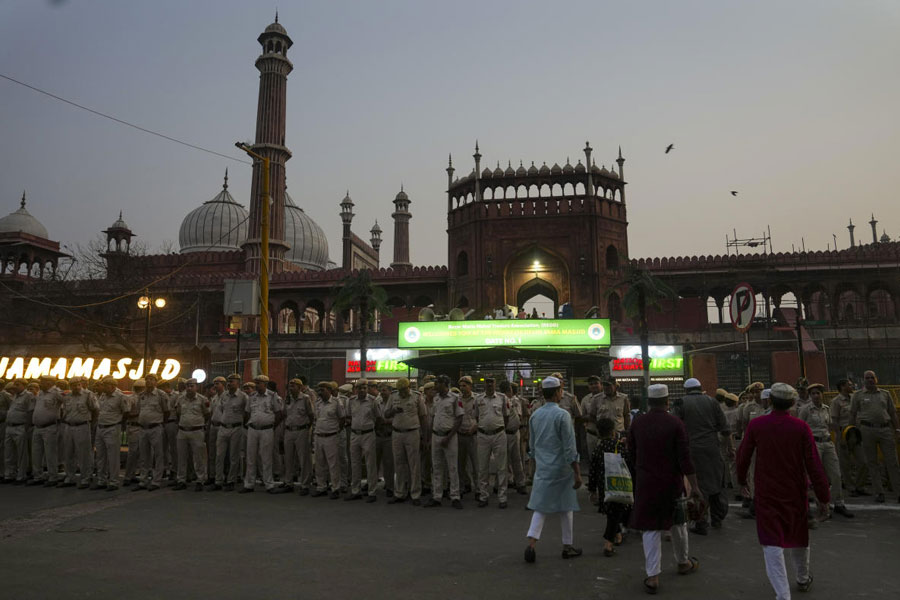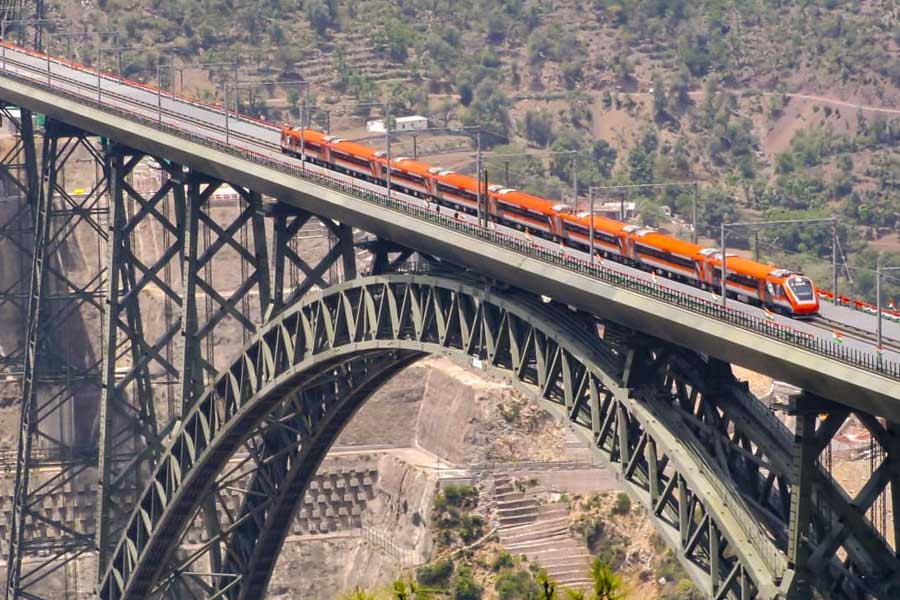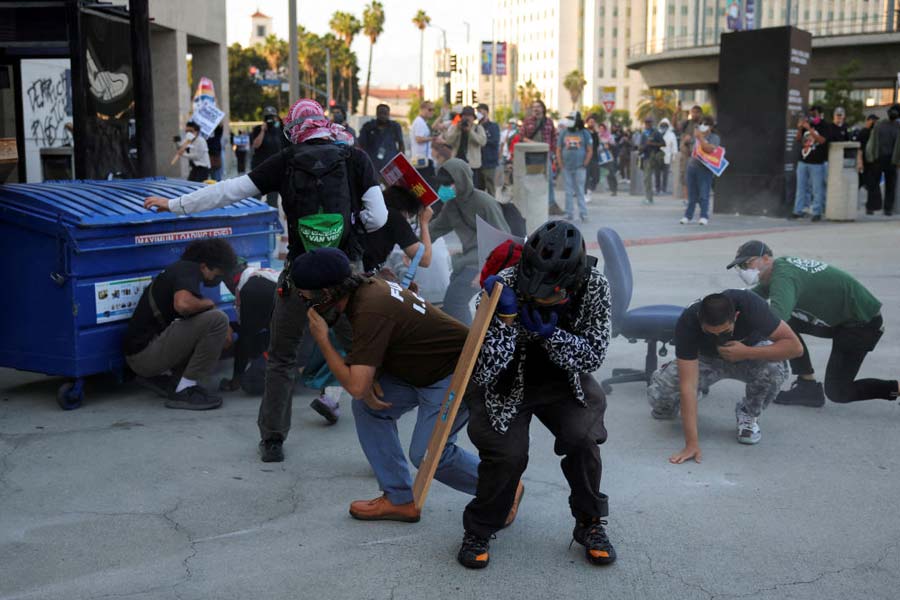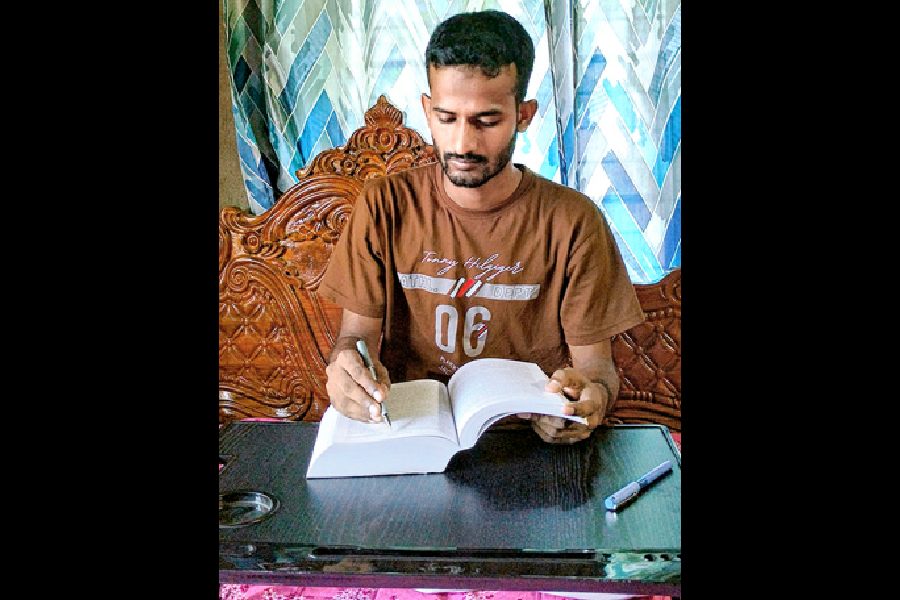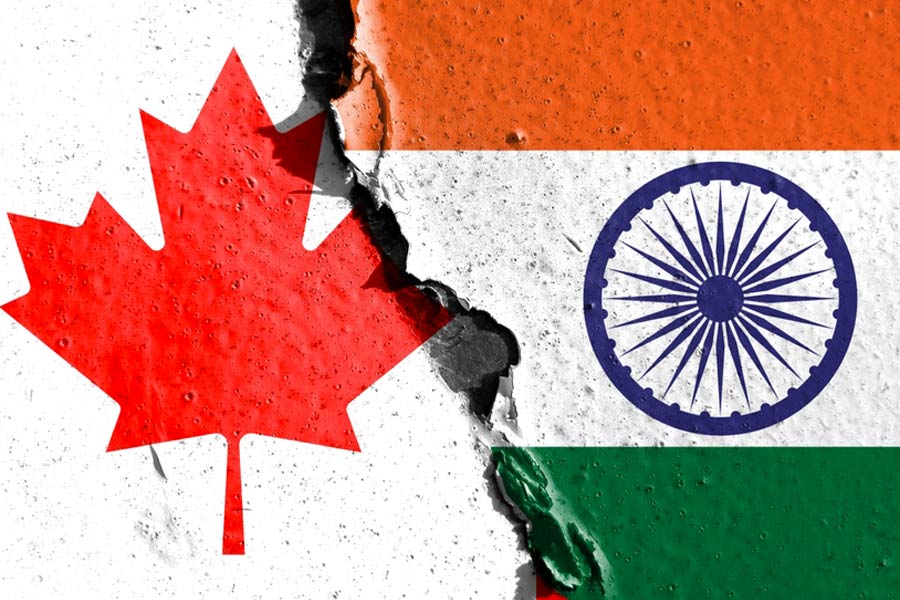 |
| A bird’s eye view of Morhabadi. Picture by Hardeep Singh |
A walk down Morhabadi still evokes memories of the days of the Raj, when tea parties, horse races and golf were the order of the day.
The occupants of the old mansions have either died or have left for England, but each and every house seems to have a tale to tell.
Apart from the Englishmen, Morhabadi had a sizeable Bengali population. It all started with Rabindranath Tagore’s brother, Jatindranath Tagore, who along with his ailing wife, came to Morahbadi in the last century.
Jatindranath built a house on top of a hill, which later came to be known as Tagore Hill. He used to spend his days meditating and writing while his wife recuperated.
After Jatindranath, several Bengalis from aristocratic families of Calcutta began settling in Ranchi, primarily because of its weather. They constructed houses mainly to the east of Morhabadi ground, extending up to Tagore Hill in the north and Bariatu in the east. There are still some old houses of that era, but they have been bought by local people.
In the 1950s, the Ranchi College was set up at one end of the Morhabadi ground. This put an end to even the remnants of the colonial era, when the Morhabadi ground played host horse races, and golf matches.
Old timers say horses used to drink water from the reservoir on the stream flowing between the archery ground and Ranchi College hostel.
Morhabadi underwent further change in the seventies and eighties when coal officials began settling down in Dutta compound. “Gradually the new Morhabadi area came into existence. The area connected Morhabadi with Edlahatu and linked it with Kanke,” said a resident of the area.
For old timers, Morhabadi as it looks today is as alien as a walk on the moon. “Morhabadi has become a concrete jungle, with buildings coming up everyday. New Morhabadi area, Kusum Vihar and Anand Gram are some of the new settlements that have come up,” said a resident.
“When the British left, the huge expanse of land from the Red Cross building to Tagore Hill in the north and Bariatu in the east used to be sparsely populated. But now houses have been constructed on both sides of Tagore Hill,” he added.
Morhabadi is fast expanding and it will not be long before the area is linked to Boreya and Kanke with a line of houses.





